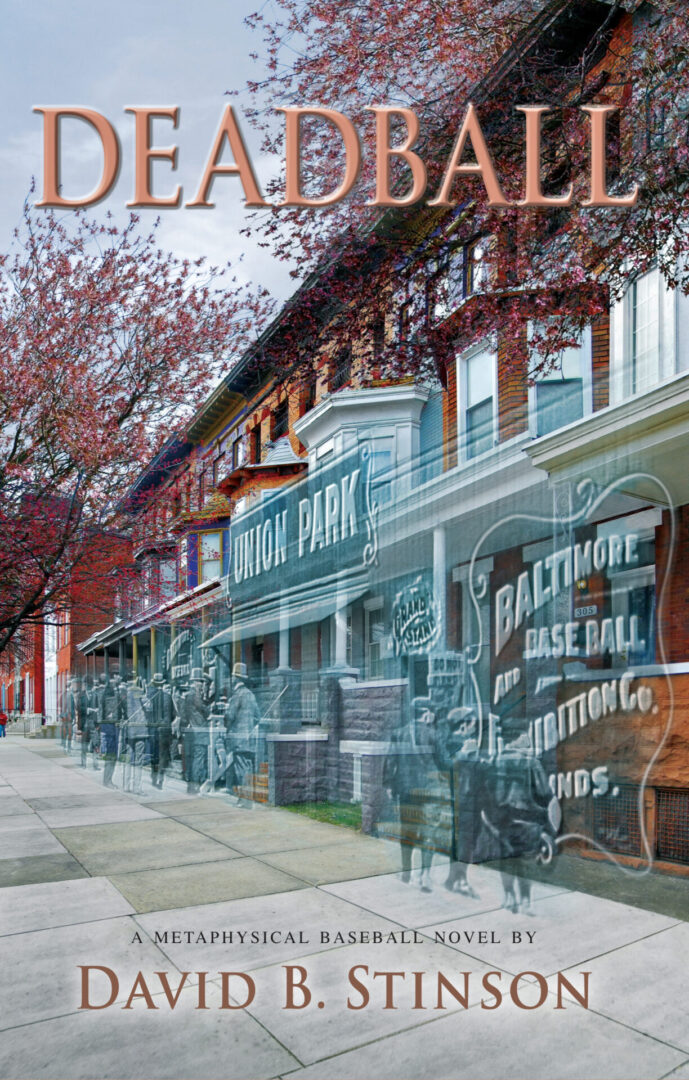South Side Park, located at the intersection of W Pershing Road and S Princeton Street in Chicago, Illinois, was the home of the Chicago White Sox from their inception in the American League in 1901 until mid way through the 1910 season.

Starting in 1911, the ballpark was home to Rube Foster’s Chicago American Giants. The Giants started as an independent Negro League team and later played in the Negro National League and the Negro Southern League. The ballpark was renamed Schorling’s Park after Foster’s business partner, John C. Schorling, who leased the grounds and was a son-in-law of White Sox owner Charles Comiskey.

South Side Park was located only four blocks south of the White Sox’s current home, U.S. Cellular Field and the Former Site of old Comiskey Park. Parking Lot L, which is just southwest of U.S. Cellular Field on S Princeton Avenue is directly across the street from the former site of South Side Park. Two other ballparks in Chicago known as South Side Park were once nearby. From 1891-1893, the Chicago Cubs played at a ballpark known as South Side Park located at the southeast corner of W 35th Street and S Wentworth Avenue. That site is now consumed mostly by Interstate 94 just to the east of U.S. Cellular Field. In 1884 a Chicago franchise of the Union Association played at a ballpark known as South Side Park located five blocks to the east at the intersection of W Pershing and S Wabash Avenue. All told, there were five major league ballparks (with one still standing) within a one mile radius.
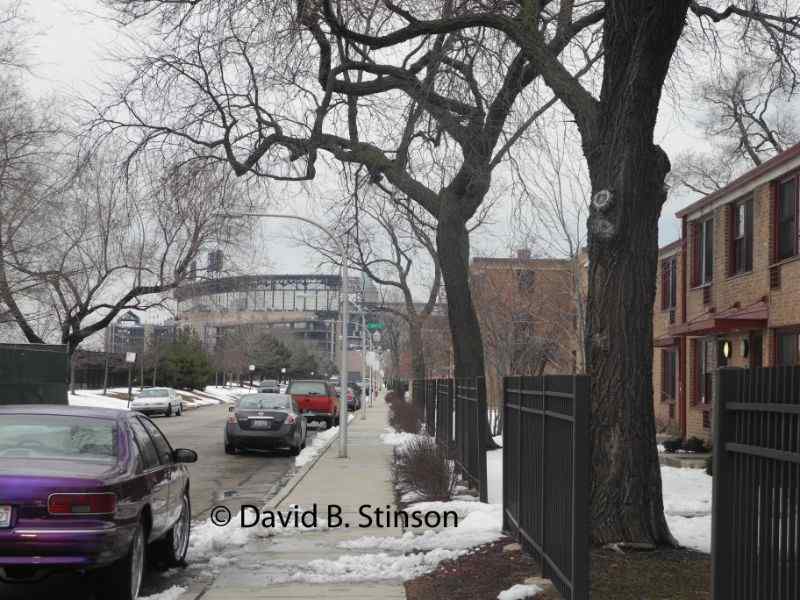
South Side Park’s home plate was located near the northeast corner of S Princeton Avenue and W Pershing Road (formerly W 39 Street).
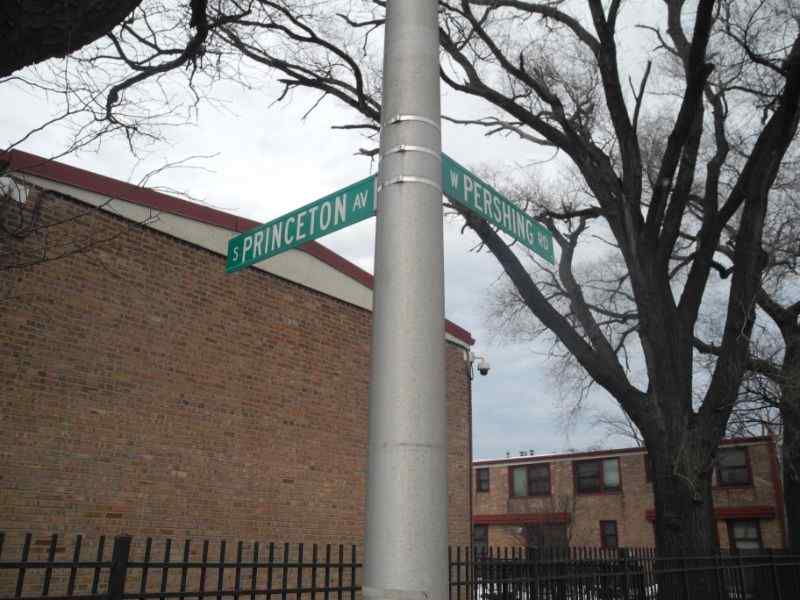
The third base side of South Side Park ran along S Princeton. The first base side of South Side Park ran along W Pershing.

The former site of South Side Park is now entirely consumed by Wentworth Gardens.

Wentworth Gardens was constructed in 1945 and originally was built to house workers during World War II. The apartments currently are owned and operated as subsidized housing by the City of Chicago.
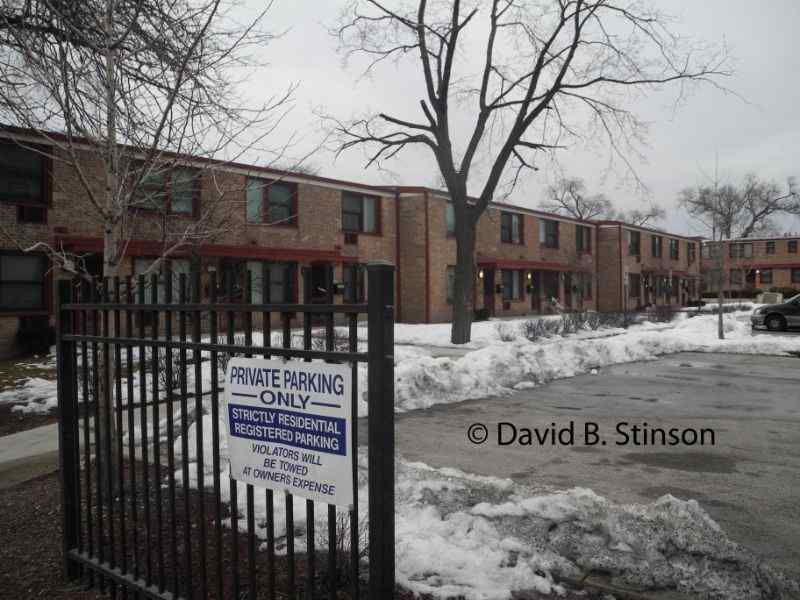
South Side Park’s former right field corner was located near the northwest corner of W Pershing Road and S Wentworth Avenue. Interstate 94 sits just to the east of S. Wentworth Avenue.
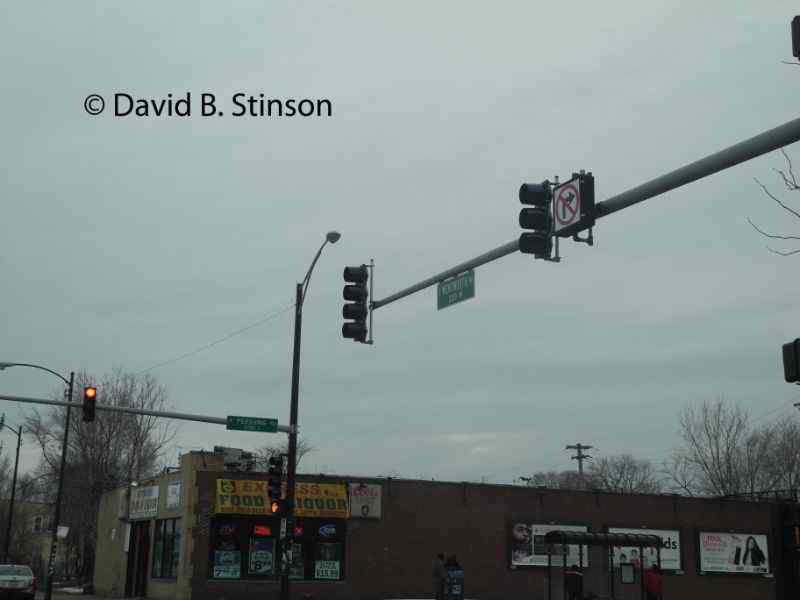
In the former location of center field, just off Wentworth Avenue, is a small baseball field next to a large, brick smoke stack. Although the infield faces in the opposite direction of the way South Side Park’s infield faced, it is still possible to play baseball at South Side Park.
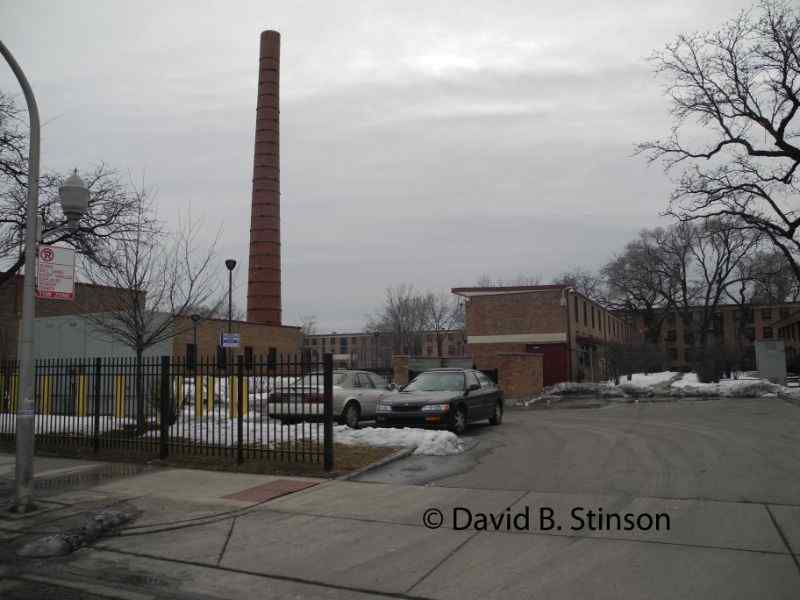
As it is with many lost ballparks, nothing of South Side Park remains on site, although baseball still can be played on a portion of the former site. No plaque commemorates ballpark, even though it is only a long fly ball from the White Sox’s current home. It seems a fair guess that the vast majority of White Sox fans who deposit their vehicles in U.S. Cellular Field’s Parking Lot L have no idea they are parked just across the street from the former site of their team’s first home ballpark, as well as the former home of the Chicago American Giants.
